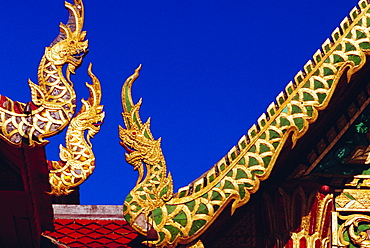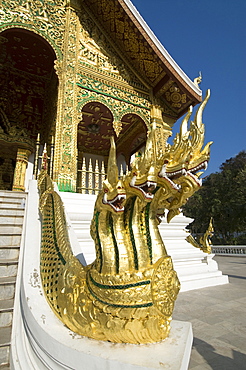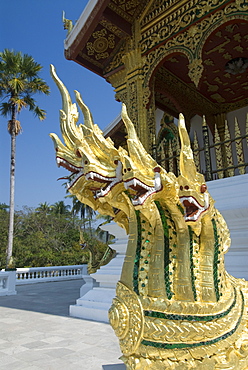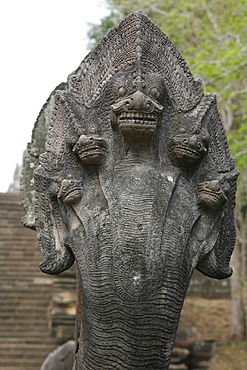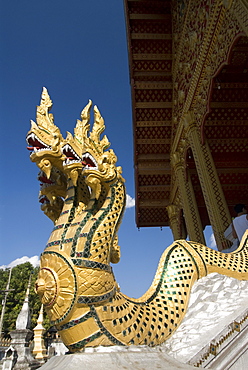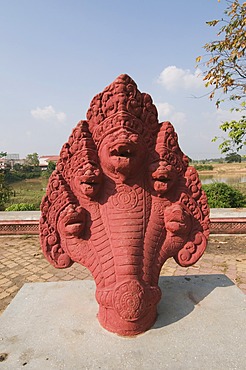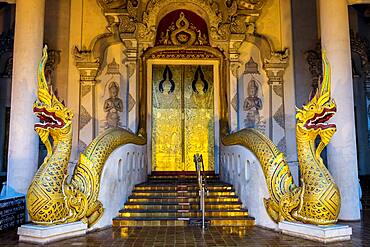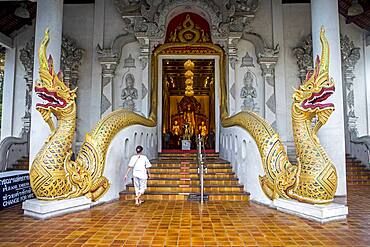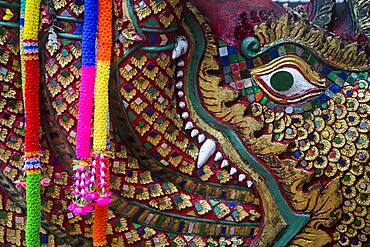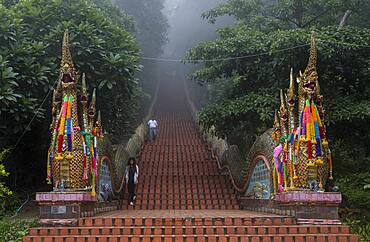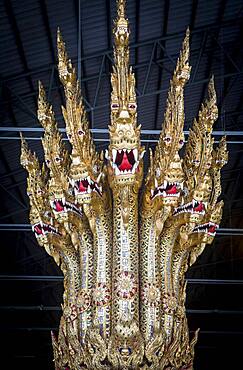Results
10 results found

Seven headed Naga snake guardian, Preah Tineang Tevea Vinichhay Throne Hall in the Royal Palace, City Centre, Phnom Penh, Cambodia, Indochina, Southeast Asia, Asia
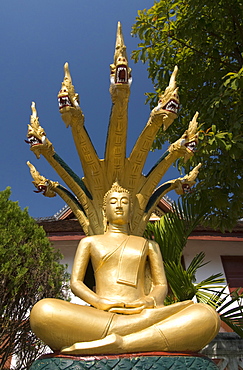
Sitting Buddha with naga heads, Wat Mai Complex, Luang Prabang, Laos, Indochina, Southeast Asia, Asia
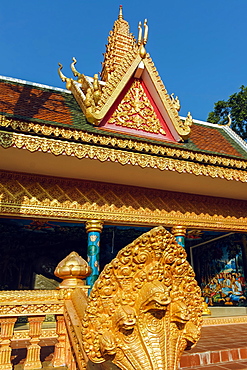
Guardian Naga snake and sleeping Buddha pavilion at the Wat Traeuy Kaoh temple on Fish Island across the river, Kampot, Cambodia, Indochina, Southeast Asia, Asia
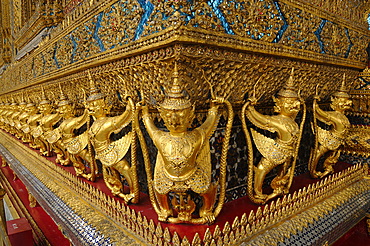
Small Garudas at the base of the Emerald Buddha temple holding a naga (mythical snake creature), Bangkok, Thailand, Southeast Asia, Asia
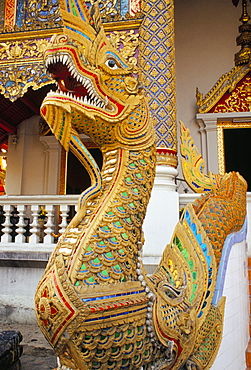
Naga (sacred snake), on chapel's front porch, Wat Chedi Luang, Chiang Mai, Thailand, Southeast Asia, Asia
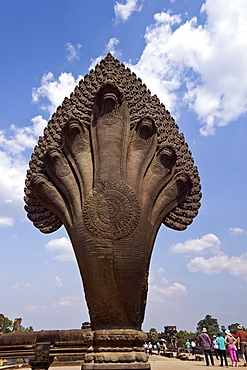
End of Naga Balustrade Gopuram, Angkor Thom, Angkor Wat, Unesco World Cultural Heritage, Angkor, Cambodia
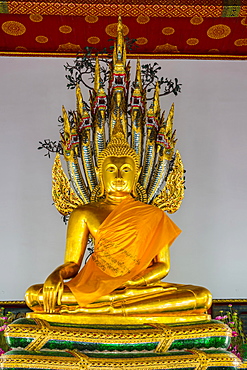
Buddha meditating under the protection of a seven-headed Naga snake, Wat Pho, Bangkok, Thailand, Asia
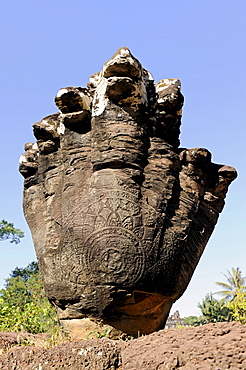
Naga, multi-headed snake creature, Bakong Temple Roluos Group, Siem Reap, Cambodia, Southeast Asia, Asia
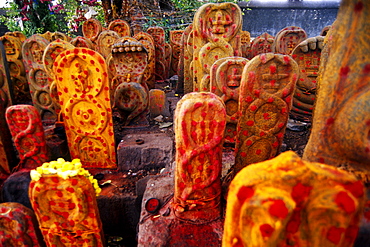
Naga is the Sanskrit and Pali word for a deity or class of entity or being, taking the form of a very large snake, found in Hinduism and Buddhism. In India, nagas are considered nature spirits and the protectors of springs, wells and rivers. They bring rain, and thus fertility, but are also thought to bring disasters such as floods and drought. According to traditions nagas are only malevolent to humans when they have been mistreated. They are susceptible to mankind's disrespectful actions in relation to the environment. They are also associated with waters &33; rivers, lakes, seas, and wells &33; and are generally regarded as guardians of treasure.They are objects of great reverence in some parts of southern India where it is believe that they bring fertility and prosperity to their venerators. Expensive and grand rituals are conducted in their honour.
